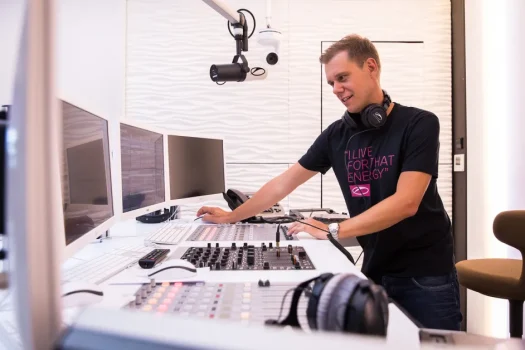Every party person can point out the difference between electro, techno, and trance, but there are many niche styles of electronic music that only well-informed fans know about.
Since it doesn’t depend on particular instruments, electronic music tends to be very diverse and include styles that explore different aesthetic principles. The gap between some genres is so broad that people who adore one can be disgusted with another. There has been a flurry of new production in recent years, inevitably resulting in even finer granulation of subgenres.
To help you catch up with the latest trends and discover a few diamonds in the rough, we will explain some of the more obscure types of electronic music:
Gabber
While this is one of the oldest styles of techno music that’s been around since the early ’90s, it represents an exotic underground experiment for many people. Characterized by highly aggressive rhythmic structures and BPM’s above 190, gabber is the kind of music that oozes with uncontrollable energy and forces everyone to keep moving all night long. The heyday of this style may have passed, but you’d be surprised how many gabber enthusiasts are still out there.
Witch House
This is an eclectic genre that emerged before 2010, bringing together a unique mix of elements that includes visual and verbal metaphors with dark and occult themes. The music is relatively slow and contemplative, with heavily distorted samples and mellowed vocal deliveries. Interestingly, many witch house acts intentionally use names that are difficult to pronounce or search for on the web, helping to keep the scene away from the mainstream.
Drone
Drone music significantly evolved from experimental works of pioneers of sound like La Monte Young or John Cale. This style takes minimalism to its logical extreme, relying on a combination of effortless tones that are played for extended intervals. The effects can be pretty dramatic, but this genre doesn’t belong to a dance club and requires a more private atmosphere to be truly appreciated for its artistic value.
Synthwave
As an exciting mix of electro and house sounds, synthwave has a steady group of supporters around the globe. The country most associated with this genre in France, where it was first formed in the mid-2000s based on motifs from movie soundtracks. Synthwave music is typically in a slower tempo, rarely exceeding 120 BPM, while most of the tracks are instrumental and only occasionally include singing. However, the melodies are very catchy and will stay in your ear for a long time.
Dark Disco
This is an eclectic style that appeared in recent years, borrowing the catchy vibes of classical disco music and adding raw electronic beats and disjointed guitar samples. Slower than its predecessor, dark disco is still great for the dance floor, and it attracts very diverse audiences. It’s bouncy and energetic but far less superficial than other disco derivatives, which is why several up-and-coming musicians in different countries have enthusiastically embraced it.
Space Bass
As its name implies, this microgenre consists primarily of spacey sounds used in original and sometimes quite radical ways. Deeply experimental and decidedly non-commercial, this immersive genre creates a unique sound experience that, for some people, can feel genuinely otherworldly. The massive wave of sound engulfs you and takes you on a journey through the inner universe, one weird alien note at a time. While the genre is only loosely defined and lacks mainstream recognition, it spreads fast on specialized internet forums and Reddit groups.




